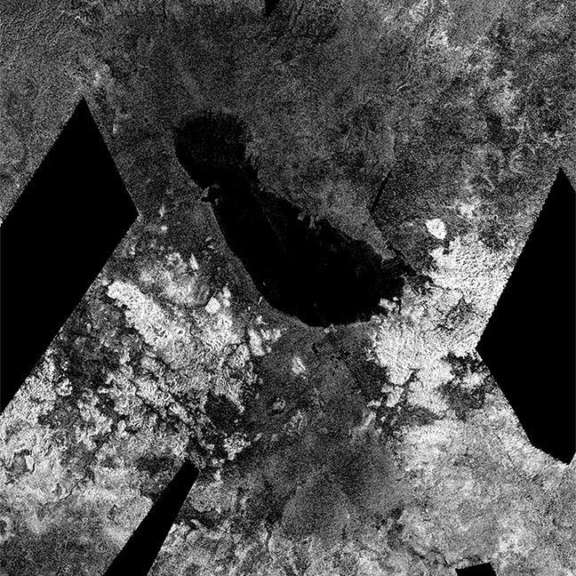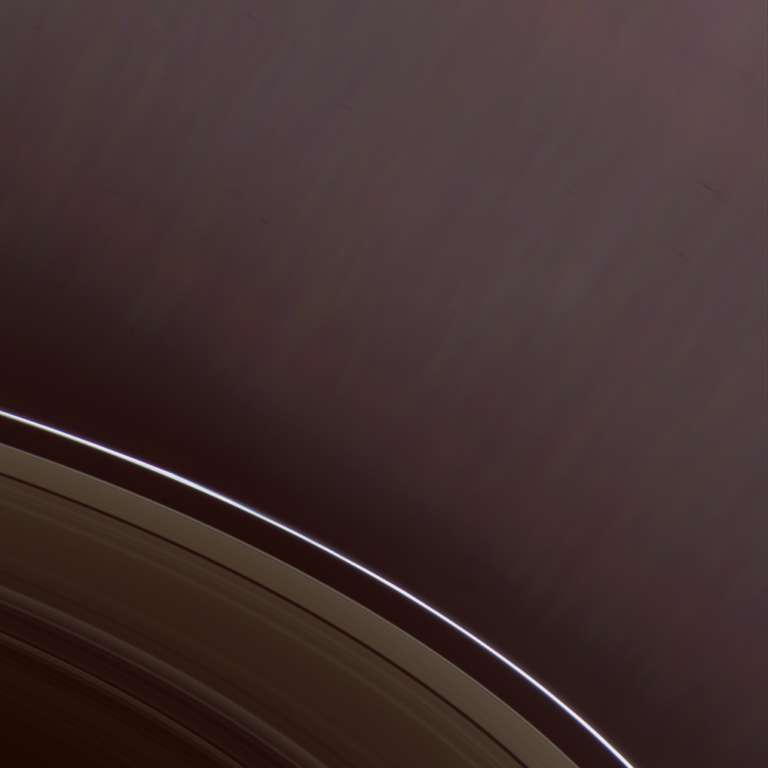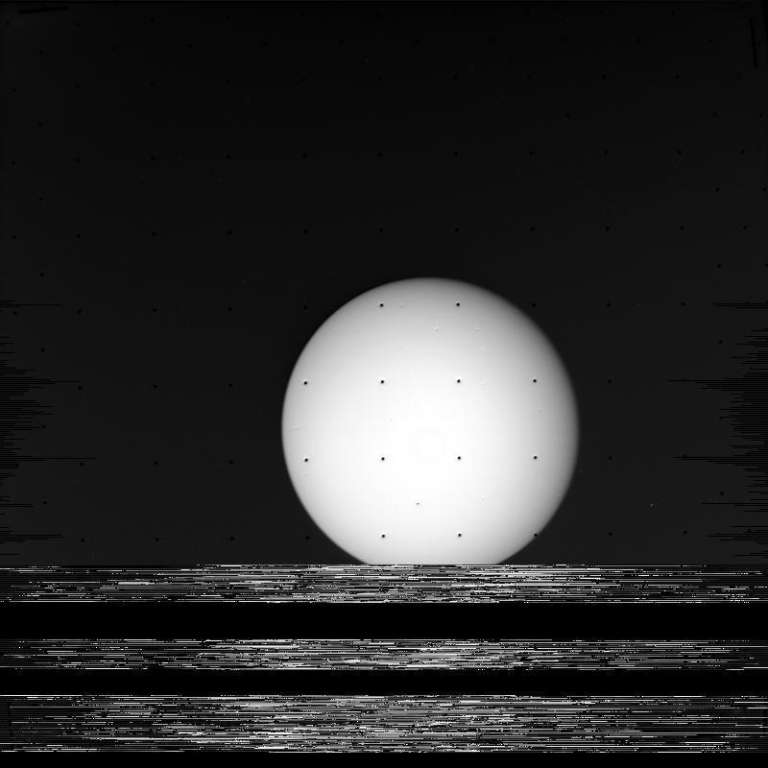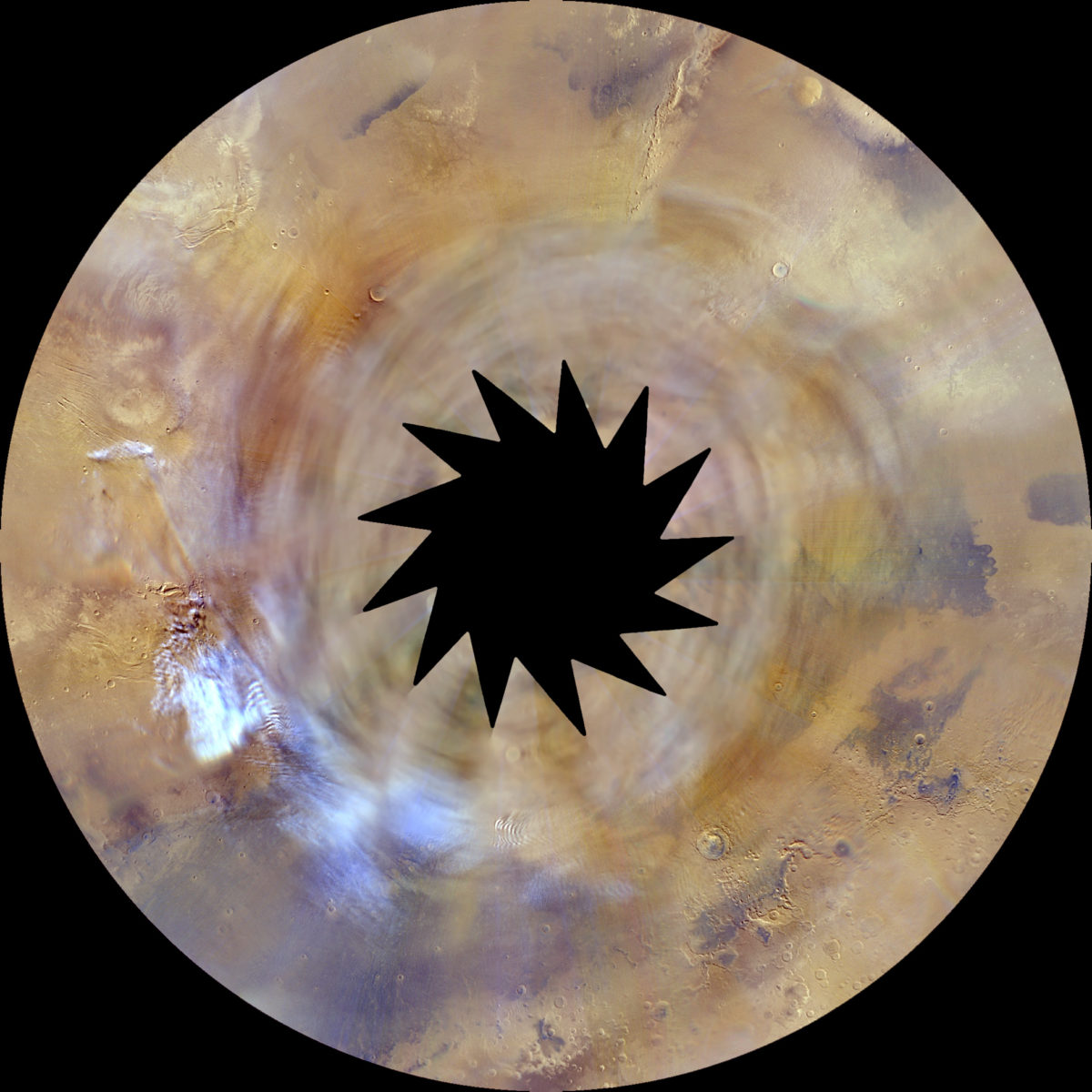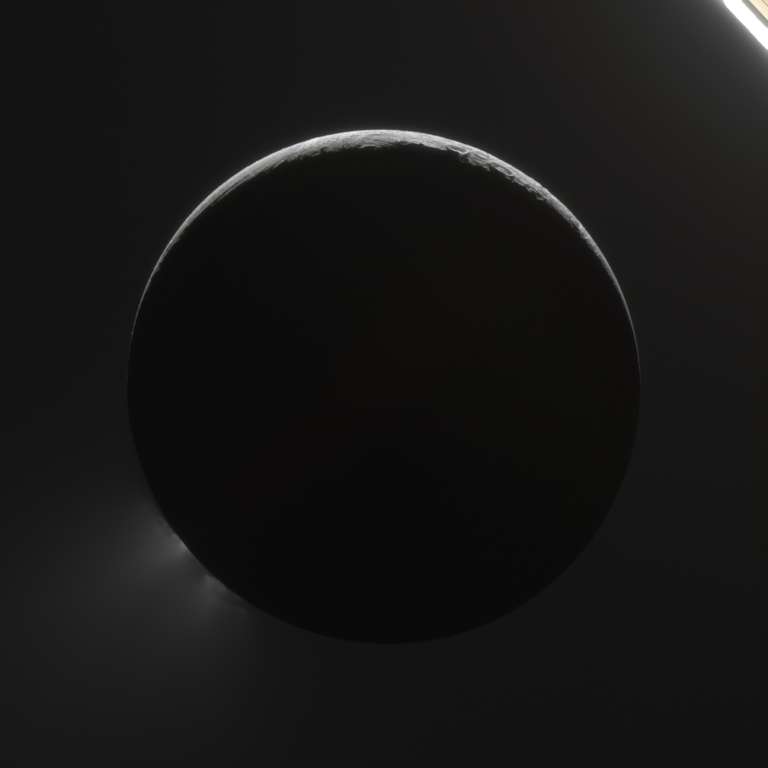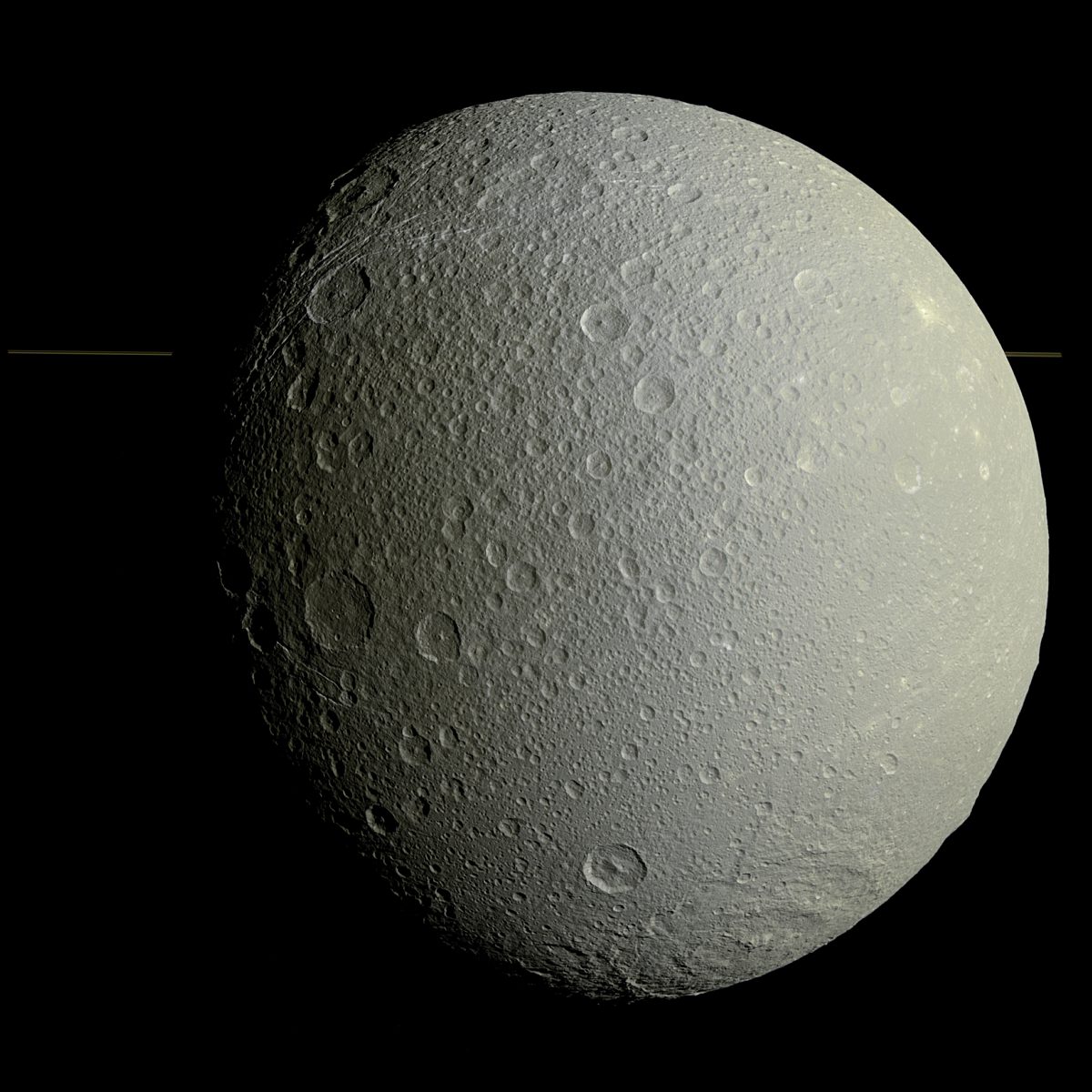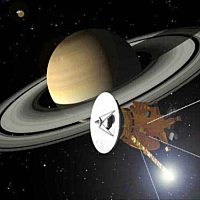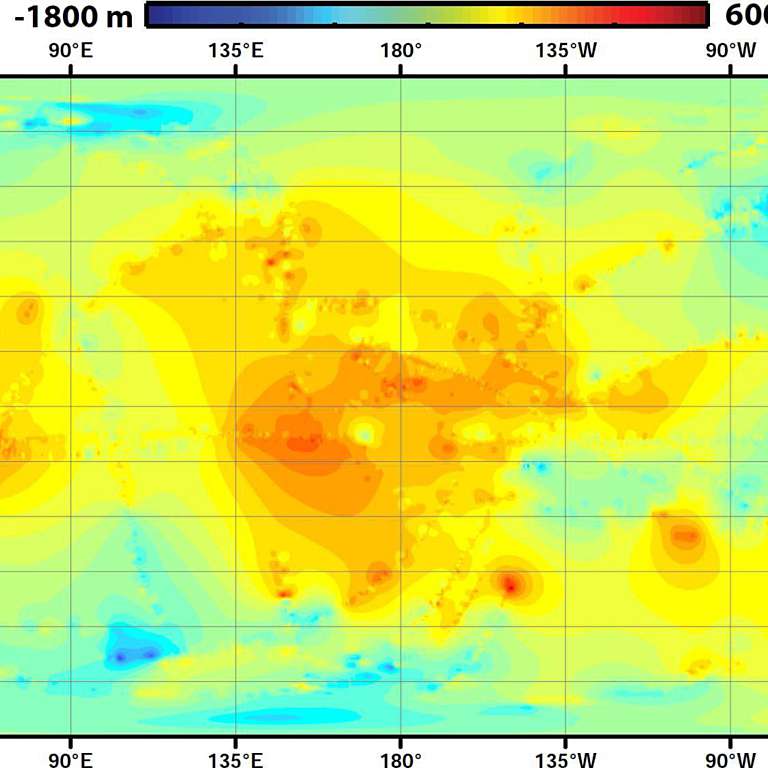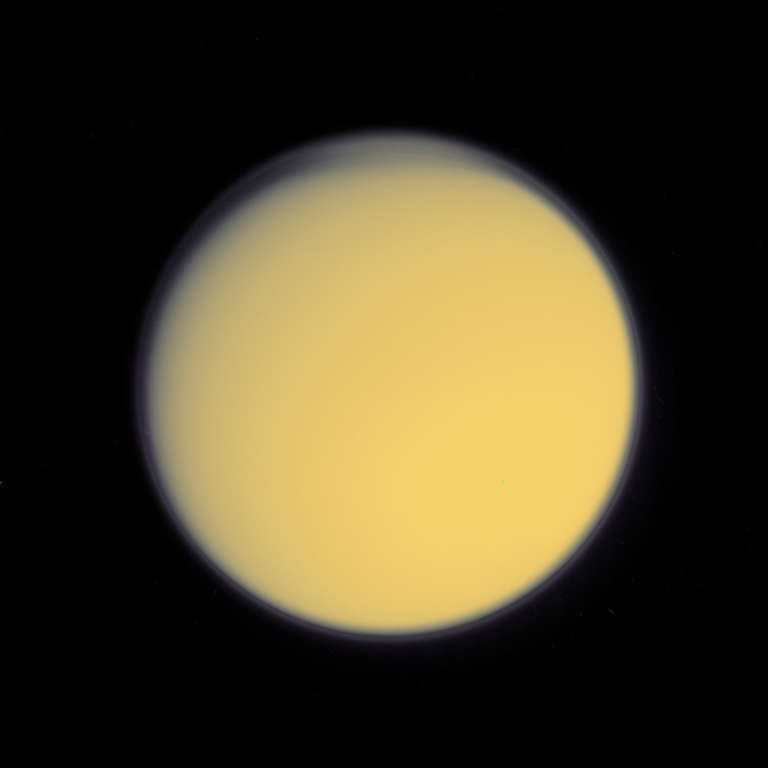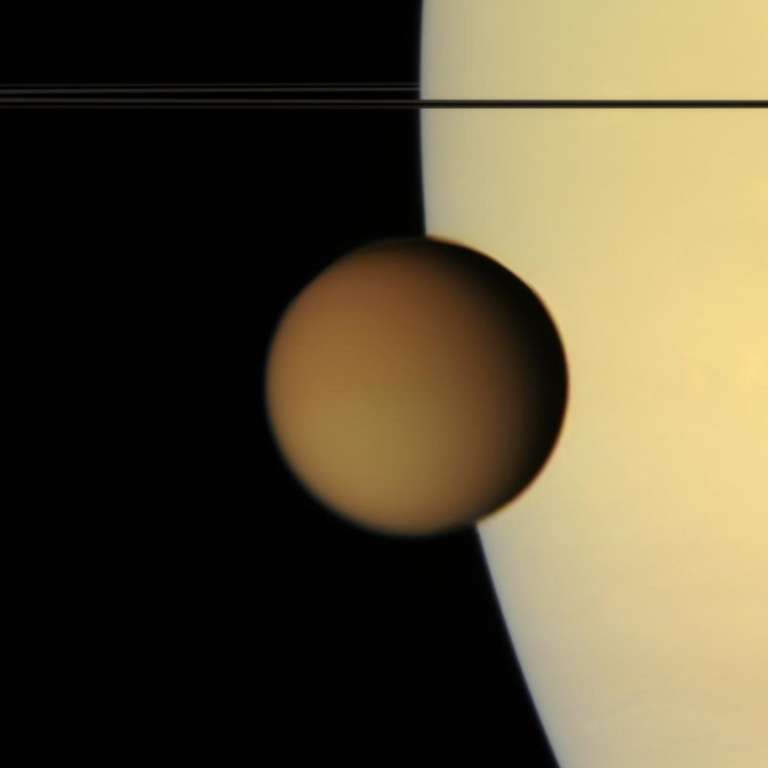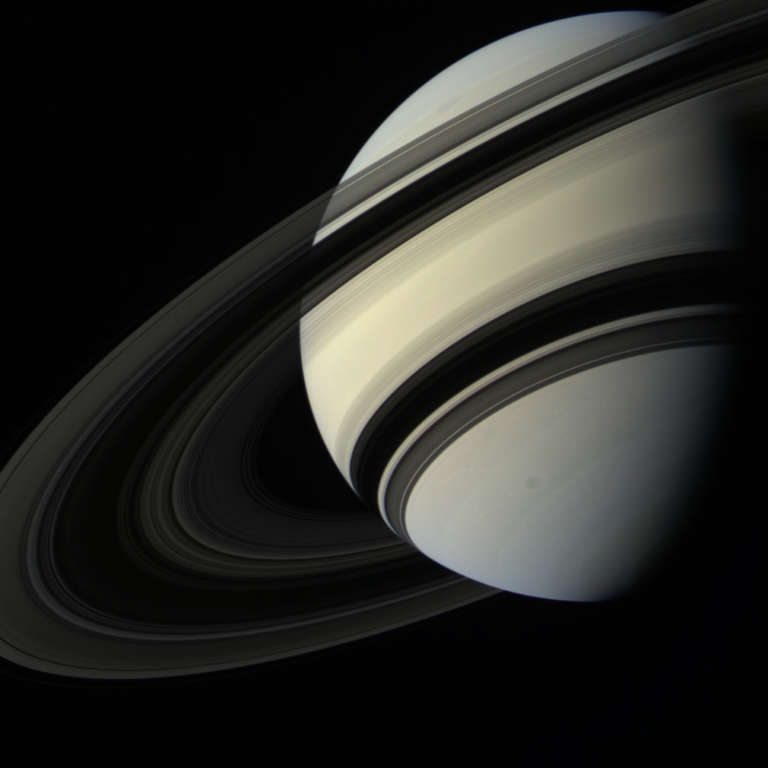All
All
Stories, updates, insights, and original analysis from The Planetary Society.
Titan's lakes: The basics
Since Seth MacFarlane tweeted that this weekend's episode of Cosmos was going to include a segment on lakes on Titan, I thought I'd write a post explaining the basics of Titan lakes.
A little fun with Cassini rings images
It's happened again; I went into the Cassini image archive looking for something specific and wound up spending several hours playing with totally unrelated image data. Here are several beautiful images of the rings from the archives.
The Two Faces of Phoebe
Cassini flew past Phoebe on June 11, 2004, on its way to entering Saturn orbit. The flyby was almost perfect but overexposure of some images have prevented color mosaics from being produced. Even though Phoebe's body is gray and dull in color, the absence of color images always provoked me. By using VIMS data, I have now produced color mosaics.
Through a Glass, Darkly
When sent from deep space, even imperfect images can inform and amaze.
Polar vortices across the solar system
Earth's polar vortex has been in the American news all week. But we're not the only planet that has one; basically every world that has an atmosphere has a polar vortex. Here are lots of pretty pictures and animations of polar vortices.
What's up in planetary missions in 2014
With the New Year upon us, what can we look forward to in 2014? For me, the main event of 2014 is that ESA's Rosetta mission finally -- finally! -- catches up to the comet it has been chasing for a decade. We will lose LADEE, gain two Mars orbiters, and launch Hayabusa2. The year begins with an amazing 24 spacecraft exploring or cruising toward various planetary destinations.
Enceladus huffs and puffs: plumes vary with orbital longitude
In which I finally get around to writing about a paper published last August: Enceladus' plumes sometimes spout more and sometimes spout less, depending on where Enceladus is in its orbit. This discovery was enabled by Cassini's longevity at Saturn, and we'll be able to follow up on it, as long as Cassini is allowed to complete its mission.
Pretty picture: newly processed high-res view of a fractured icy moon, Dione
Here's a lovely new view of Dione, one of the lovely mid-sized icy moons of Saturn, assembled by Daniel Macháček.
Just what is going on in that magnificent Cassini image of Saturn?
It took months of work (and no wonder) but the wait was worth it: here is Cassini's spectacular view of Saturn, captured on July 19, 2013, as Cassini passed through Saturn's shadow. If you're a little confused by the image, I'm here to help: I've posted a video explainer.
Will We Lose Cassini’s "New" Mission at Saturn to Budget Cuts?
NASA’s shrinking budgets for planetary exploration may force it to decide between continued funding for the Saturn Cassini mission and the continued funding for its Mars missions.
One for the history books: Stunning Saturn mosaic captured last week by Cassini
I try to be measured in my praise for spacecraft images. Not every photo can be the greatest space image ever. But this enormous mosaic showing the flattened globe of Saturn floating within the complete disk of its rings must surely be counted among the great images of the Cassini mission.
America's Pastime: Planetary Science
Apologies to baseball fans and others for the theme of this week's Planetary Radio preview, which has star player Emily Lakdawalla on deck.
DPS 2013: Tidbits from Titan
I attended a few talks at the Division for Planetary Sciences meeting today that concerned Titan's origin and interesting surface, and then one in the afternoon about the atmosphere.
Probing Titan's Atmosphere
By now I hope that everyone has seen some of the spectacular images of the Saturn system (and especially Titan!) from the Cassini-Huygens mission. However, the measurements that often make my heart race are taken by instruments that reveal Titan in ways that our eyes cannot see.
Pretty picture: spectacular Saturn and Titan
A lovely view of the ringed planet and its hazy moon seen from nearly behind them just a few days ago.
Terra Cognita
Pushing back the frontier, and filling in the blank spaces on the map.
Pretty picture: Looking backward
Here it is: the view from Saturn of our Earthly home, one and a half billion kilometers away. We see Earth and the Moon through a thin veil of faintly blue ice crystals, the outskirts of Saturn's E ring. Earth is just a bright dot -- a bit brighter than the other stars in the image, but no brighter than any planet (like Saturn!) in our own sky.
Jani Radebaugh, Titan Explorer
Robotic space exploration is human exploration. Meet one of the people behind the machines.
Return of the Pale Blue Dot
You can be part of a planetwide group photo as Cassini and MESSENGER turn their cameras Earthward on July 19.


 Explore Worlds
Explore Worlds Find Life
Find Life Defend Earth
Defend Earth


 Sun
Sun Mercury
Mercury Venus
Venus Earth
Earth Mars
Mars Jupiter
Jupiter Saturn
Saturn Uranus
Uranus Neptune
Neptune Small Bodies
Small Bodies